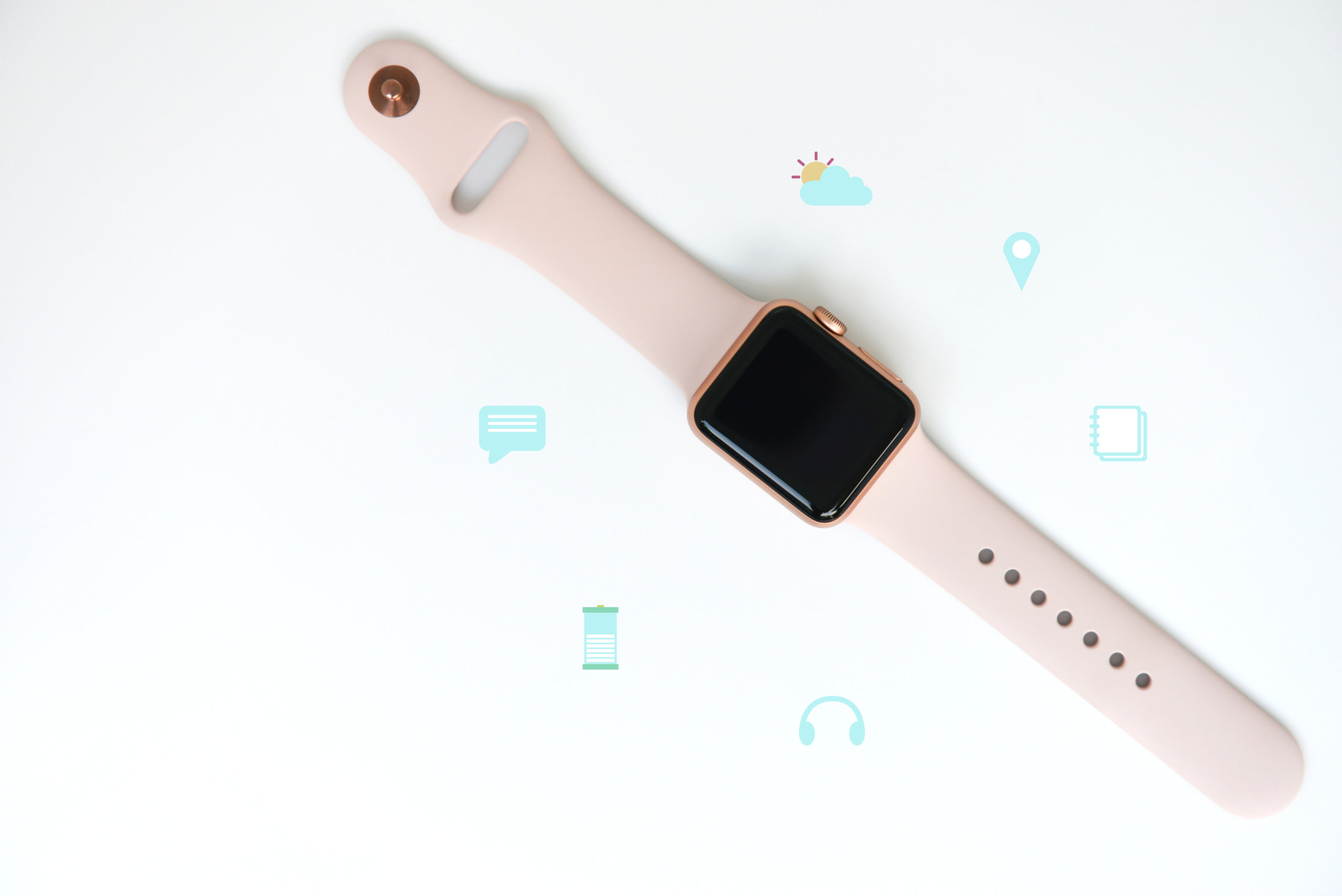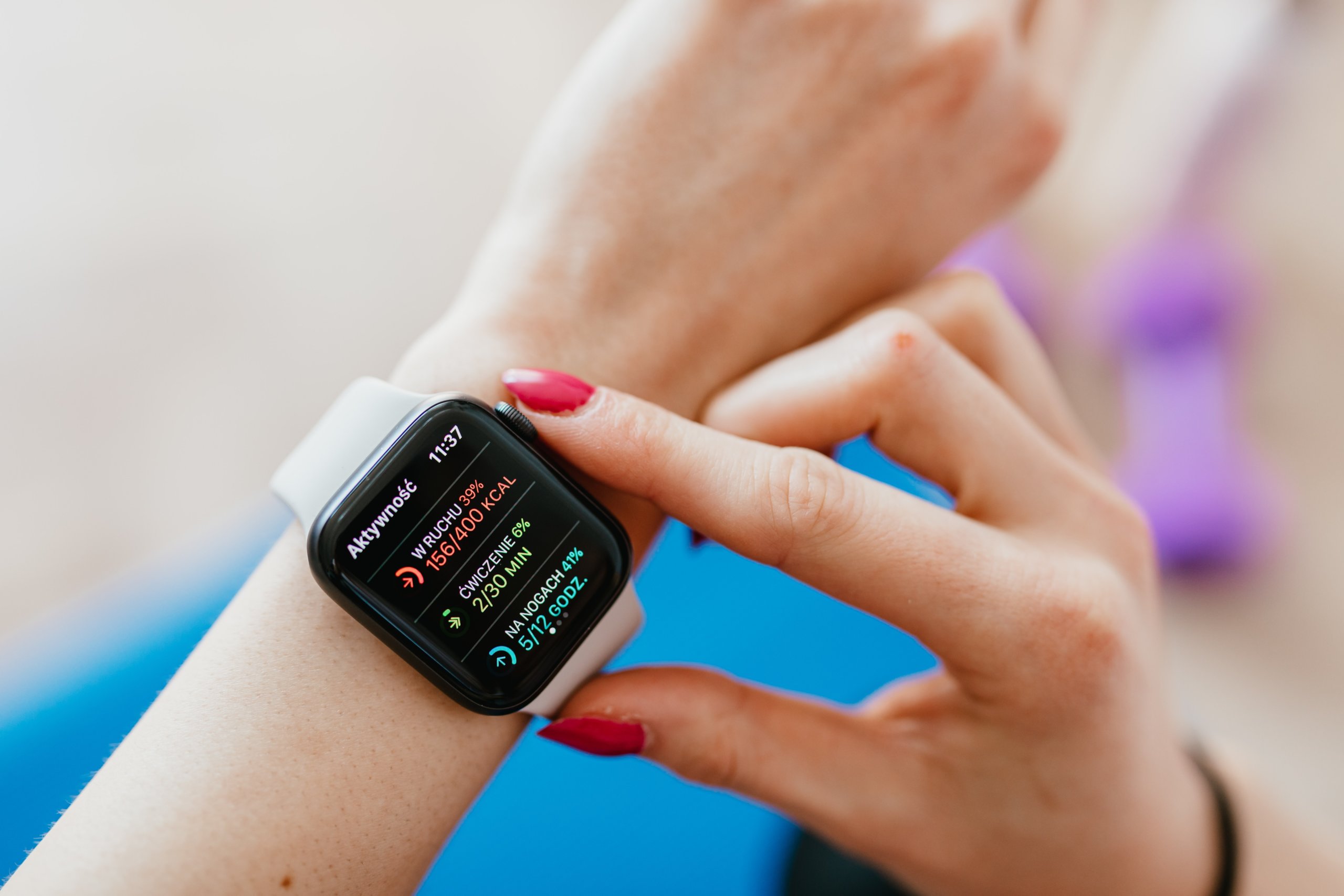
Wearable technology is swiftly moving beyond the mainstream. More people than ever before use a wearable device daily — adoption of this technology has more than tripled in the past four years; an Accenture report showed that American consumers using wearables jumped from 9% to 33% in 2018.
Not only that, but more than 80% of consumers are also open to wearing fitness technology, according to New York City-based Business Insider Intelligence. So it’s not really a surprise that the wearables market is booming. But what is astonishing is the fact that wearables are rapidly shifting to address healthcare needs. Even insurance companies are jumping on-board to help customers lower their monthly premiums by moving more.
Using Wearables Data for Healthcare
Wearables devices allow the user to make direct changes to their lifestyle choices by empowering them with an analysis of their current habits and activity levels. 75% of users agree with the sentiment that wearables help them engage with their own health, which reduces insurance cost per patient, hospital visits, and hospital readmissions over time.
In healthcare, wearables utilize IoT (Internet of Things) applications to let medical providers quickly obtain vitals and other biometrics from a connected on-body patch or device. Wearables don’t just monitor heart rate or sleep, they also collect data on exercise, menstrual cycles, daily habits, and more.
As a side effect, insurance companies and healthcare providers will be able to take advantage of real-time, constant monitoring of vital health metrics to remotely improve the patient experience and patient health.
Up-and-Coming Wearables
Fitbits and Apple Watches aren’t the only wearables out there to keep an eye on. Here are newer wearable device trends we’re excited to see making their way into the healthcare system:
Biosensor Wearable
Biosensors are very different from the smartwatches and fitness trackers we’re used to. The Philips’ wearable biosensor uses a self-adhesive patch that the patient places on their chest. It allows the patient to move around normally while it generates data on respiration, heart rate, movement, temperature, and more.

The biosensor by Philips was used in a research experiment by a team at the Augusta University Medical Center. Results showed that the biosensor patch reduced patient deterioration into cardiac arrest or respiratory arrest by 89%. One of the added benefits of this patch is a reduced workload for staff.
On-Body ECG Monitor
The Apple Watch is known to have an ECG (electrocardiogram) tool built-in for its users. But for those of us without an iPhone, wearable ECG monitors can add another helpful dimension of data for the doctor’s visit. Withings won the wearables category at the 2019 Consumer Electronics Show (CES) with their Move ECG device.
The Move ECG device records an ECG on demand, and it can send the reading to the user’s doctor. It can also detect atrial fibrillation (also known as “a-fib”, it’s a common type of tachycardia, where the heart beats faster than normal). The Move ECG, in particular, is able to track the user’s elevation, pace, and distance during automatically-tracked biking, running, walking, and swimming sessions.
Blood Pressure Monitor Wearable
HeartGuide is a medical device developed by Omron Healthcare in 2019. It’s the first wearable blood pressure monitor. It looks like a regular smartwatch, but it measures blood pressure and daily activity like calories burned, distance traveled, and steps taken.
The HeartGuide can store up to 100 readings in its memory, and all readings are synced automatically to a complementary mobile app called HeartAdvisor. The app helps the user review, compare, and optimize their treatment and lifestyle choices. The app offers insights and analysis on how personal habits affect the user’s blood pressure. Users can seamlessly share their data with their doctors as well.
Diabetes Wearable
At the 2020 CES conference, AerBetic was unveiled: a non-invasive diabetes tracking wearable that uses nano-sensors to “smell” gases emitting from your body to track your glucose levels. The inspiration for this device comes from dogs, who can smell a person’s body odor change as their blood glucose levels fluctuate throughout the day.

This device eliminates the need to prick your finger to get a bit of blood to feed into a reader device, saving patients money, pain, and time. The user can also set up alerts for their providers to be notified when their blood glucose exceeds a certain level.
The Future of Wearables Is Healthy
The more wearables technology evolves and grows into tracking non-fitness-related biomarkers, the more attractive the technology will become to consumers. That’s not to say that fitness trackers’ popularity isn’t growing rapidly: according to research by Business Insider Intelligence, the U.S. market for total installed fitness trackers and health-based wearables will grow annually at 10%. In 2023, predicts the study, the number of these types of wearables and trackers will pass 120 million.
On the work side, employers who offer their employees wearables technology experience a healthier corporate culture and reduced employee turnover. Specifically, companies who taught their employees five or more wellbeing “best practices” had a reduced employee turnover of 18%, compared to 29% turnover for companies offering two or less “best practices”.
As wearables keep expanding to other facets of healthcare and wellness, we’ll also see a marked improvement in device connectivity. More accurate wearable sensors will be developed, and batteries will last longer, helping users with the illusion that these are “always-on” devices.





